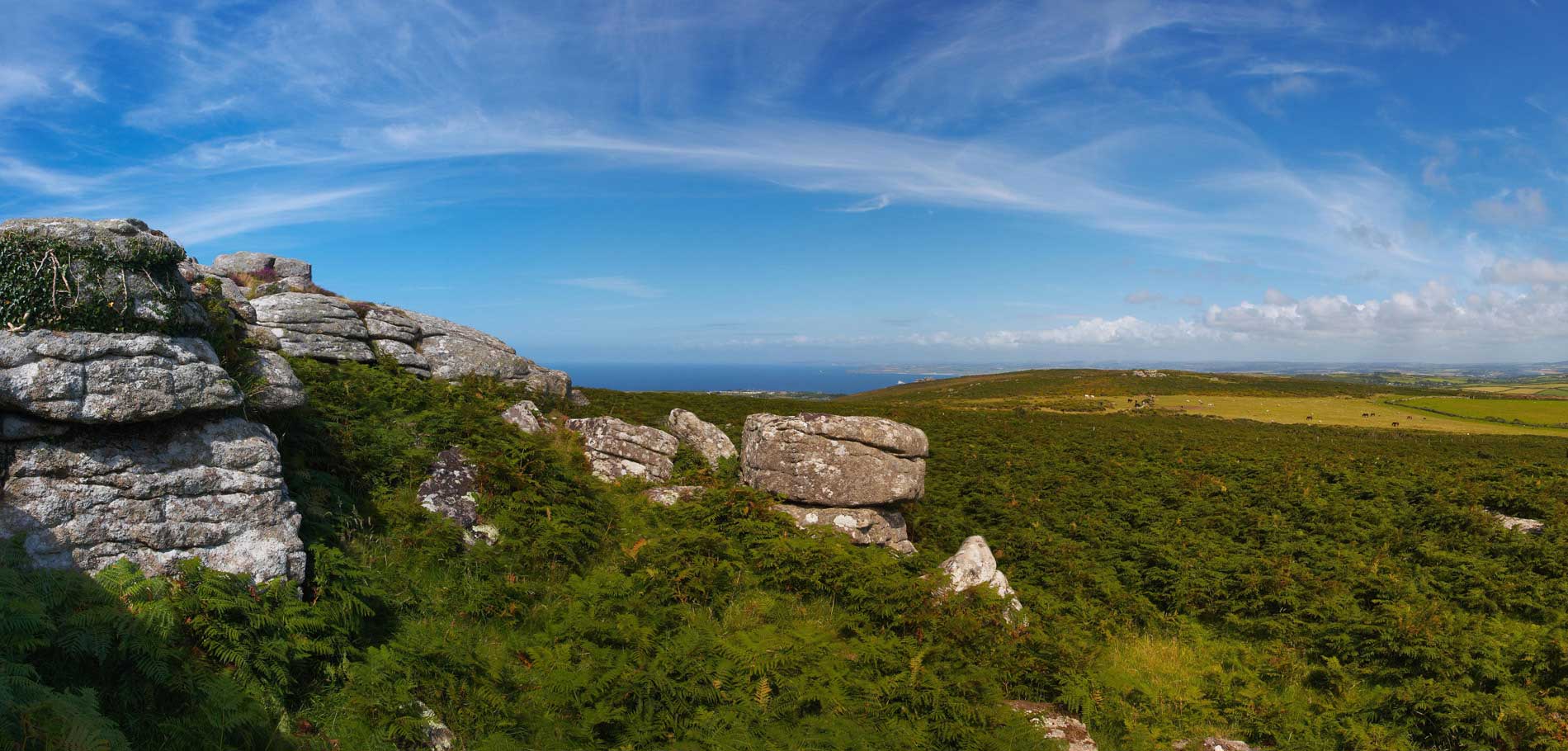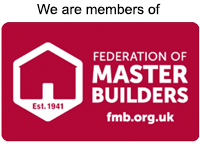A render refers to the protective lime coating applied to the outside walls of a building, and a plaster refers to inside applications. Generally the same mix is used for the outside and inside. Lime is a joy to work with, but take care when handling: always wear gloves as it is a caustic material and will burn your skin on contact. If it gets on your hands, wash immediately with soap and water and rub your hands with vinegar because the acid in the vinegar will neutralise the alkalinity of the lime. Similarly, if it gets in your eyes wash out immediately with clean water or saline solution.
The ingredients for a general lime plaster or render mix
There are 3 basic ingredients that you will need in different proportions:
- Lime Putty or N.H.L (Natural Hydraulic Lime)
- Sand
- Fibres
Lime
You should try to obtain the best quality lime you can from a reputable supplier, to ensure you get the best results. The next most important ingredient is the sand you use.
Sand
Make sure that the sand is well graded, and has a sharp, varying grain sizes. You can generally purchase sand from your lime suppliers, Cornish Lime Company in Bodmin, or ask their advice on where good, local sands are produced, and which works best in your region. The role of the sand in the mix is to reduce shrinkage and cracking. The principles of similar to cob mix, with the lime acting as a binder for the sand particles, we always use fine sand in our topcoat which produces a smooth creamy finish.
Fibre
The role of the fibre in the lime plaster or render is again the same as the role of the straw in the cob mix – it gloves the mix tensile strength, enabling the plaster/render to cope with the microscopic movements in the cob building. It also helps to control shrinkage and prevent cracking. The fibre should be clean and roughly 6-19mm long. Traditionally cow hair was used but this is hard to come by these days, and unless you live near or around animals it is easiest to obtain fibre from your lime supplier. The hair of deer, yak, llama, ox, goat or horse can be used. We also use polypropylene fibres, which are a by-product of the rope industry. We always use fibres in our scratch coats but often will refrain from using them in our final coat to allow a smooth finish surface.
Optional addition of sieved earth
If you would like to maintain the earthy colour of the cob in your final finish, you can add finely sieved clay to your lime/sand mix. This addition means that the mix is liable to crack more easily, but this can be avoided by adding more sand.






